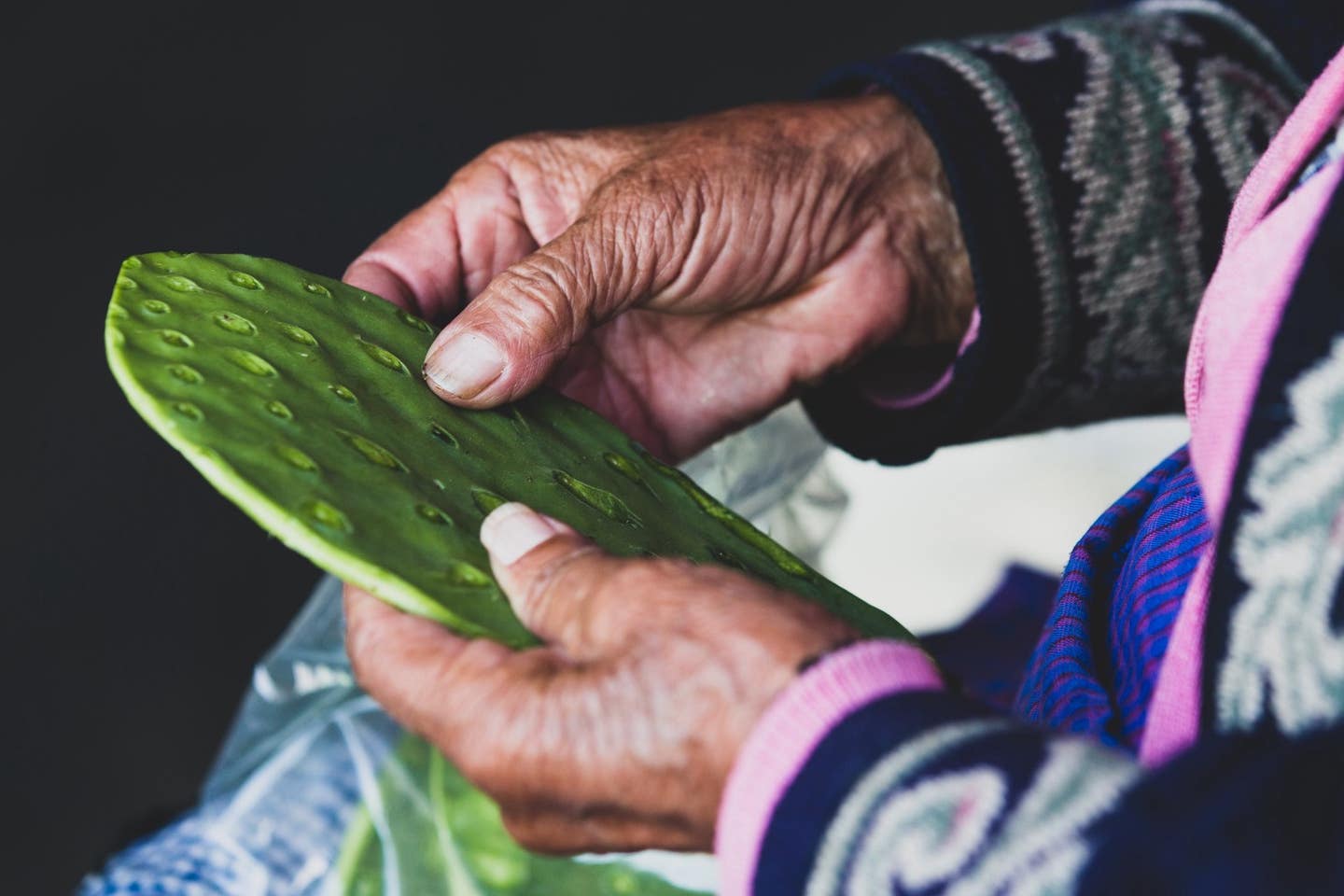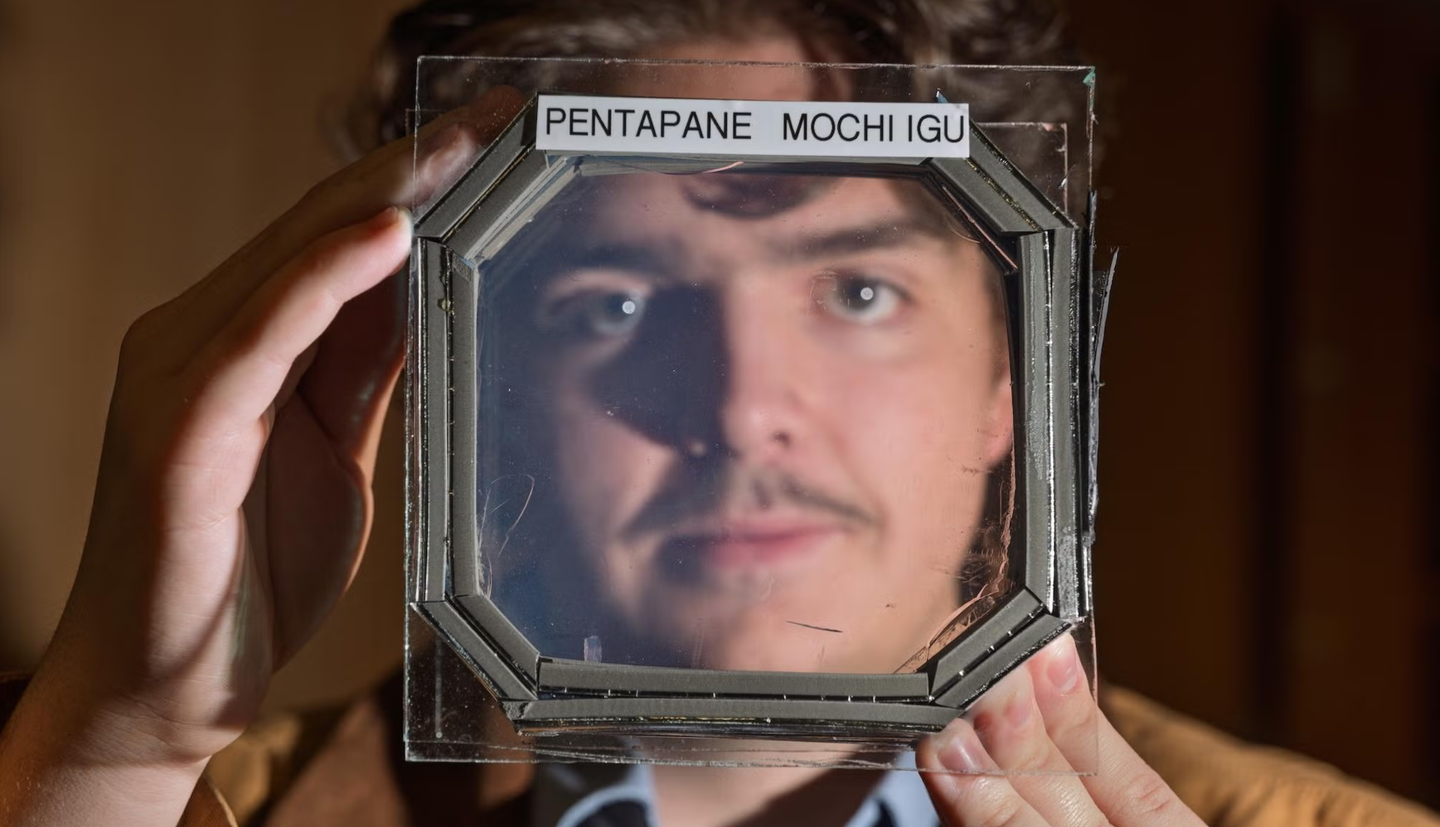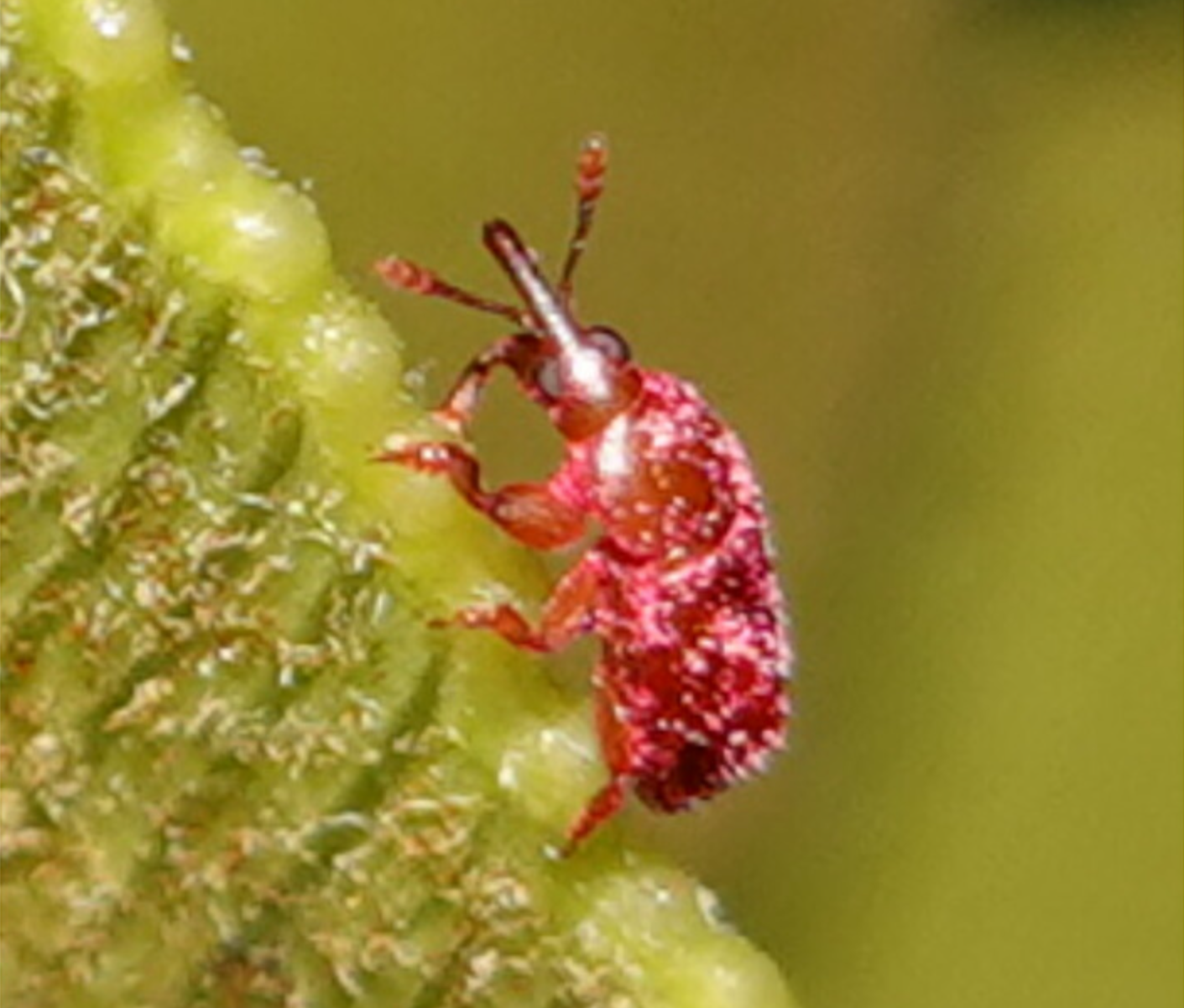Designers mobilize the power of nature towards green and sustainable products
Choices made at the design stage contribute to giving more to ecosystems than taking from them.

[July 10, 2021: Victoria Almeida & Milena Lumini]
From lush tropical rainforests in Costa Rica through the savannah-like Brazilian Cerrado all the way down to the Patagonian glaciers, the Latin America and Caribbean region is rich and diverse in natural landscapes and resources. The region contains 40 percent of global biodiversity and half of the world’s tropical forests including its largest, the Amazon, home to one out of 10 known species.
However, it also presents high rates of deforestation and intense resource exploitation. Driven by demand for commodities, Latin America has positioned itself over the years as a major exporter of primary resources. The resulting intensification of agriculture, expansion of agricultural lands, and increased mining activities have been identified by the UN Environment Program as key local drivers of deforestation, pollution and biodiversity loss.
This raises questions of whether and how it is possible to capture the economic opportunities of natural resources while having a positive impact on the environment in the region. The answer lies in the three principles of a circular economy — eliminating waste and pollution, keeping products and materials in use and regenerating natural systems.
Designers are crucial in putting these principles into practice. Choices made at the design stage contribute to giving more to ecosystems than taking from them. When designing products and business models using the circular design principles, designers create economic opportunities from local natural resources while also preserving the health of ecosystems. Five stories from Latin America illustrate the range of these opportunities.
Food design can benefit local ecosystems and boost culinary innovation. All the decisions made up until the moment a food product ends up on a plate or a supermarket shelf determine what and how crops are farmed, what we end up eating and what is wasted. These decisions, made by food designers, have a direct impact on the state of biodiversity. According to the United Nations Food and Agricultural Organization, 75 percent of our global food intake is limited to only 12 crops and five animal species, despite the existence of hundreds of thousands of edible species.
By applying circular economy principles, Latin American food designers are making the most of local biodiversity as a valuable source of culinary innovation, increasing demand for a wider range of native species and encouraging agricultural practices that benefit local ecosystems.
In Mexico City, Pujol’s award-winning chef Enrique Olvera first helped put the Mexican nopal cactus on the culinary map and is now supporting its production in the biodiversity-rich area of Xochimilco, where Aztec structures ("chinampas") laid over the protected wetlands carry organic polycultures and add to the fertility of the local ecosystem. In the face of urban sprawl, local chefs, including Olvera, are including local ingredients in their menus to provide stable demand for Xochimilco farmers and help accelerate their adoption of agroecological practices (Spanish). This helps maintain a supply of diverse and deliciously healthy ingredients while also protecting this key ecosystem in the urban centre.
This is also the case for São Paulo’s Corrutela restaurant. The starting point for chef Cesar Costa’s rich "vegetable-centric dishes" is fresh ingredients from agroecological family farming in the rural south of the city, an area that contains remnants of Atlantic Forest vegetation and important water springs that supply the Brazilian megacity. Supporting these peri-urban farmers and giving them the freedom to decide what to grow helps to protect this rural portion of the city’s territory from the pressures of urban sprawl by keeping it productive and healthy.
Biomaterial innovation can bring unique competitive advantages. Resources used for other applications than food also possess a wealth of unique properties with economic value. Much of this potential has been used and preserved by traditional peoples. Now, large companies are also diving into this knowledge and working with communities to help scale these models and create products that are better for people and the environment.
This is the case for the Brazilian cosmetics company Natura, which, by combining advanced research and the traditional knowledge of local Amazonian communities, helps unveil the valuable cosmetic properties of different plant species. This has long been a key innovation driver for Natura, whose supply chain includes almost 40 types of plant-derived ingredients, obtained by working with 7,000 local families. With fruits and seeds being integrated into cosmetics value chains, the forest generates more economic value for the local communities when it is standing than deforested for timber products, which in turn encourages more regenerative practices.
Local species also can be a driver for disruptive innovation. Mexican designers Adrián López Velarde and Marte Cázerez, founders of Desserto, have developed a vegan leather made out of the Mexican nopal cactus. Just like bovine and synthetic leather, the cactus leather can be used in manufacturing clothes, shoes, bags and furniture, but without altering natural landscapes to support production.
The nopal cactus is native to the state of Zacatecas and has a symbiotic relationship with other local species, as well as acting as a natural carbon sink. Desserto grows them without chemical inputs and in a perennial format, such that only the mature leaves of the cactus plant are harvested each time. Part of the production becomes a range of vegan leather products developed with partner companies, such as H&M, and the remainder is directed to the surrounding food industry for maximum use.
Mexican native plants were the driver of yet another circular design innovation, the Totomoxtle, a veneer made out of husks from traditional colorful Mexican corn. Designer Fernando Laposse has developed this material and uses it to create a range of furnitures and installations with unique tones, thus offering a high-value application for this inedible byproduct. But this is just one side of the story. Due to global demand pressures for standard maize, native Mexican corn plantations are being gradually replaced with hybrid corn varieties to supply international markets.
By reincorporating the native corn husks into his furniture designs, Laposse encourages family farmers to reintroduce native seeds and actually benefit from them. Totomoxtle also helps to create more job opportunities for local communities, as the processing of the husks into the veneering material is done by local women.
Designing with nature, for nature. One of Latin America’s strengths lies in its unparalleled biodiversity and natural resources, yet examples such as those described in this article are yet to become the norm. There is an enormous opportunity in harnessing the innovation potential of local biodiversity, through applications that also help maintain and restore the health of ecosystems.
There is also a wealth of knowledge on valuable properties and production models that could be obtained through collaboration with local communities, creating more distributed and inclusive businesses. Applying circular economy principles at the design stage of products, businesses, and value chains offers a helpful framework for solutions that benefit business, society and nature.
Other note-worthy companies cultivating plant-based products
Castor Oil: H&M's new collection will also incorporate EVO by Fulgar, a bio-based material made from castor oil. Fulgar says EVO is a completely renewable resource, does not require much water to grow, and does not take any farmland from food agriculture.
Apples: Once the juice is extracted from apples, the remaining pulp is normally discarded. Italian company Frumat SRL developed a fabric made from the pulp, which is dried and ground to a powder, mixed with pigments and a binding agent, and left until it resembles leather. Designer Tommy Hilfiger used it to make sneakers in its zero-waste collection.
Mushrooms: Luxury brand Hermès is partnering with MycoWorks, a California-based startup with a patent that turns the threads of a mushroom root into materials that look and feel like leather. The first byproduct of the collaboration will be a travel bag, expected at the end of 2021.
For more Green technology stories check out our Green News section at The Brighter Side of News.
Like these kind of feel good stories? Get the Brighter Side of News' newsletter.
Tags: #Green_Good_News, #Plants, #Trees, #The_Brighter_Side_of_News



